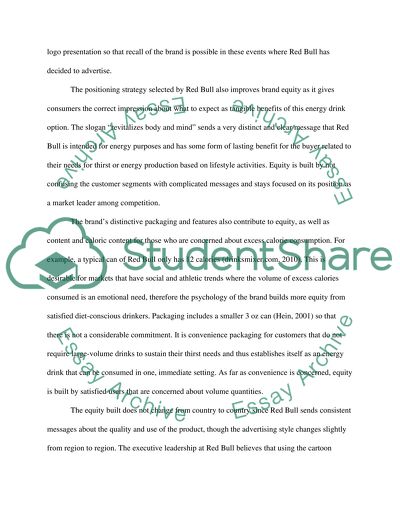Cite this document
(“Case Study Evaluation: Red Bull Example | Topics and Well Written Essays - 2000 words”, n.d.)
Retrieved from https://studentshare.org/marketing/1426429-cause-study
Retrieved from https://studentshare.org/marketing/1426429-cause-study
(Case Study Evaluation: Red Bull Example | Topics and Well Written Essays - 2000 Words)
https://studentshare.org/marketing/1426429-cause-study.
https://studentshare.org/marketing/1426429-cause-study.
“Case Study Evaluation: Red Bull Example | Topics and Well Written Essays - 2000 Words”, n.d. https://studentshare.org/marketing/1426429-cause-study.


